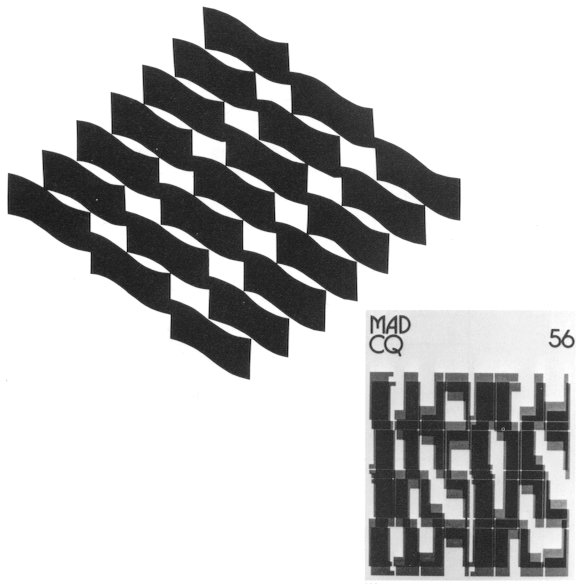|
There is a book "Symmetry" of H. Weyl who is famous as a scholar of symmetry (Hermann Weyl: "Symmetry", Zürich, 1951, translated by Kei Tooyama). In the book, he pointed out that the similar "shapes of the internal rooms of the shell of a nautilus have also a symmetry". He discussed this as a problem of "continuous processes combining uniform rotation and expansion" using a photograph of a nautilus with a shape of a logarithmically and geometrically expanding cycloid. His thought is similar to that of Wolf on the point that there is a symmetry when shapes are overlapped by "Streckung". The uniqueness of the Wolf's thought is that the shapes were clearly illustrated using "Streckung" not only in two dimensions and but also in three dimensions.
(1) Translation
This is called "Translation" both in English and
German. This is the most easy operation of symmetry. This is a situation
that a shape is shifted only by its position and not by changing its orientation.
This is a pretty clear and ordered. This is one of the most fundamental
operations along with the "rotation" described next in the arts and designs
of unit on a two-dimensional space.
Figure 282: Translational symmetry.
|
